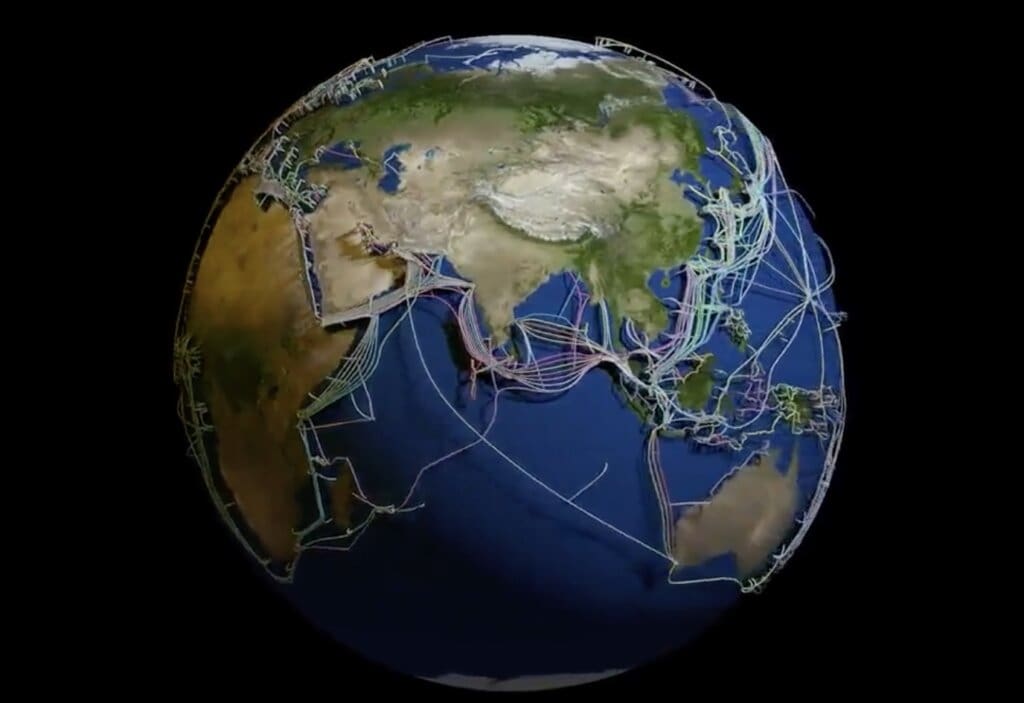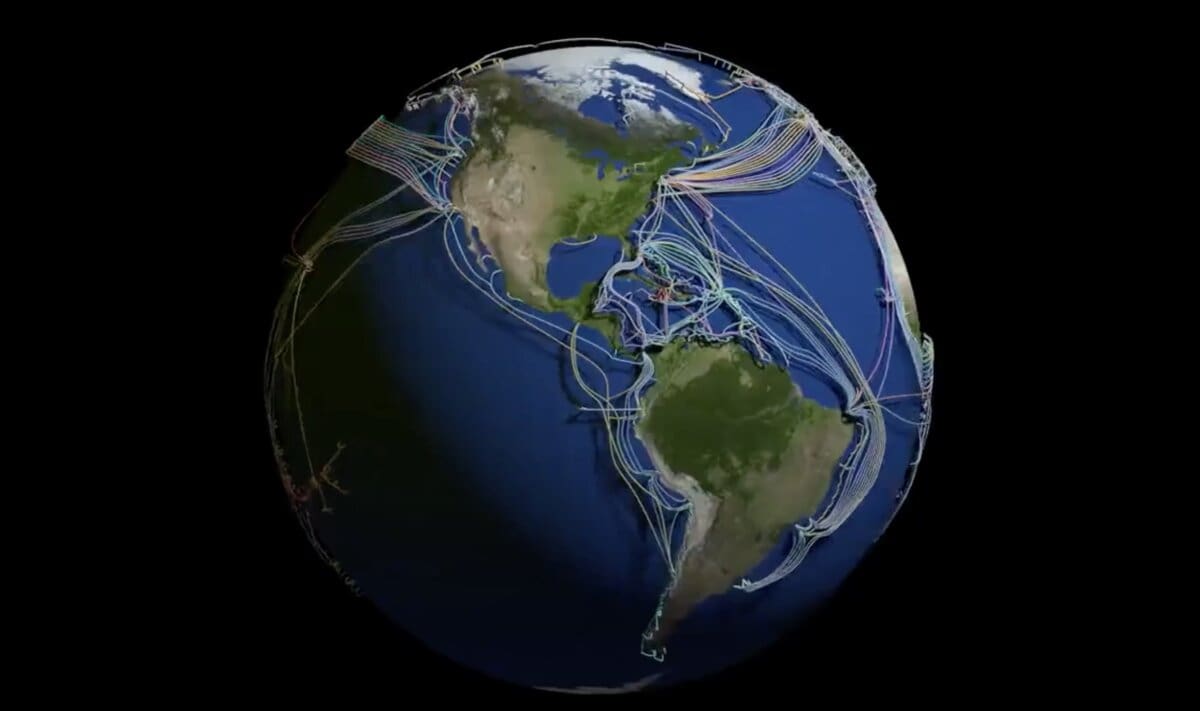Underwater fiber optic cables represent a marvel of modern technology, seamlessly bridging continents and oceans to facilitate the rapid and efficient transmission of information across the globe. These cables serve as the backbone of the internet, enabling international communication, data transfer, and various online services that have become an integral part of our daily lives.
Comprising thin strands of glass or plastic, underwater fiber optic cables transmit data using light pulses. The core of each cable is made from a highly transparent material that ensures minimal signal loss over long distances. This optical signal transmission method is incredibly efficient, allowing for higher data rates and faster communication compared to traditional copper cables.

Laid along the ocean floor, underwater fiber optic cables undergo meticulous installation processes. Ships equipped with specialized equipment are used to lay and bury the cables beneath the seabed, protecting them from potential damage caused by ship anchors and natural elements. These cables span thousands of miles, connecting continents and regions, often following established routes to minimize environmental impact and avoid sensitive marine habitats.
The technology behind underwater fiber optic cables has advanced significantly, allowing for the transmission of vast amounts of data at astonishing speeds. This infrastructure has transformed the way we communicate, share information, conduct business, and even conduct scientific research. Real-time video conferencing, international financial transactions, cloud computing, and access to global online content all rely on the seamless operation of these cables.
However, underwater fiber optic cables are not without challenges. They are susceptible to damage from fishing activities, seismic events, and even natural processes like undersea landslides. Constant monitoring and maintenance are essential to ensure the uninterrupted flow of data. Despite these challenges, these cables remain indispensable for our interconnected world, serving as a testament to human ingenuity and our ability to conquer geographical barriers through technological innovation.


